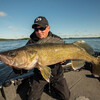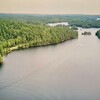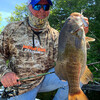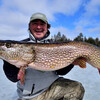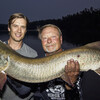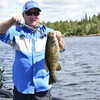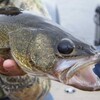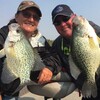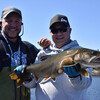
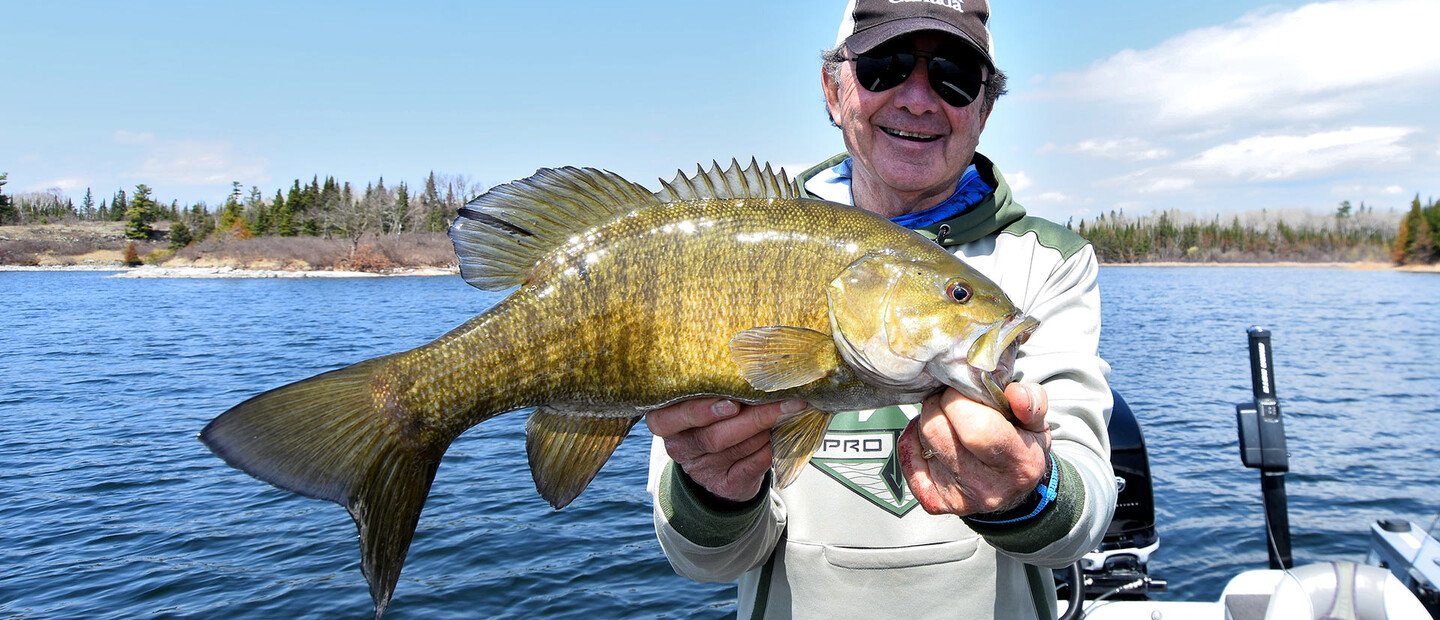
The Walking Dead: Lessons For Ontario Bass Fishing
Bass biologist, Barry Corbett chuckles when he remembers one of the 38 large four-pound male smallmouth bass into which he surgically implanted a radio tracking device and then followed on a daily basis for up to five years. It was part of an Ontario Ministry of Natural Resources bass tracking study —one of the most extensive ever — that Corbett undertook when he was the biologist in charge of managing massive, one million acre Lake of the Woods in Northwestern Ontario’s Sunset Country.

I talked about it with Corbett on a recent Doc Talks Fishing Podcast when, among many other fascinating things, he said that smallmouth bass movements typically revolve around the availability of food. When it is spread out and moving, as is the case when the fish are feeding on pelagic baitfish like ciscoes, shiners and smelt, the bass are mobile, too, typically travelling many miles a day.
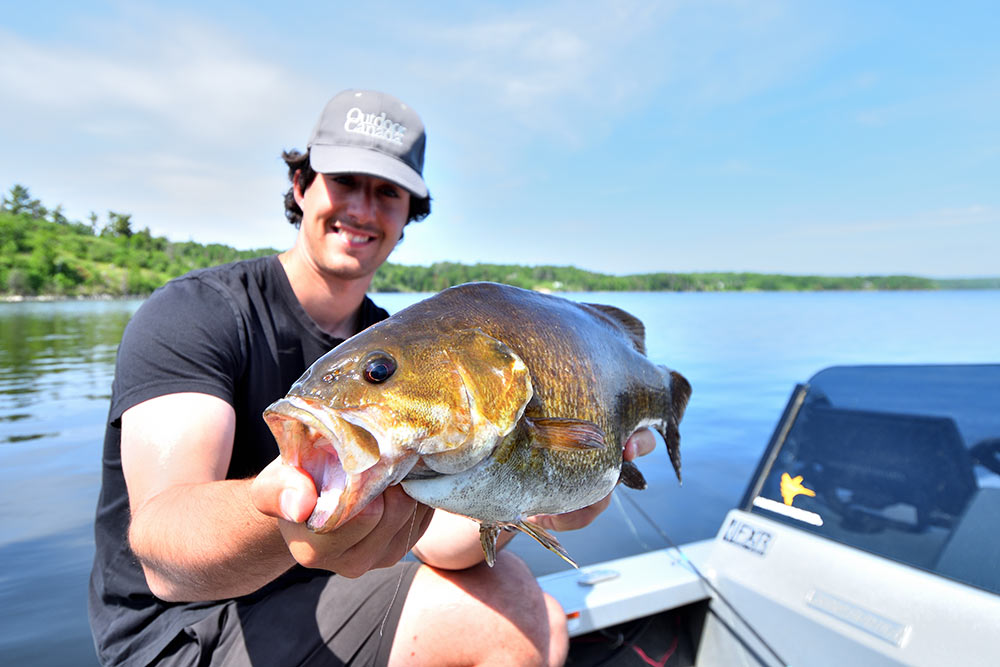
“I came to the conclusion with our study and looking at some of the things that Dr. Mark Ridgway found in Lake Opeongo,” says Corbett, “that so much revolves around food and food availability. In Lake Opeongo, Mark found that his bass really moved along the shoreline. He called it 'working a trap line'. They're chasing fish, whereas when we did the study in Lake of the Woods, the smallmouth were focused on rusty crayfish. When we did some of the snorkelling, the abundance of crayfish on the bottom was phenomenal. And then if you did it at night, it was like the Walking Dead. I have never seen such densities of crayfish.”
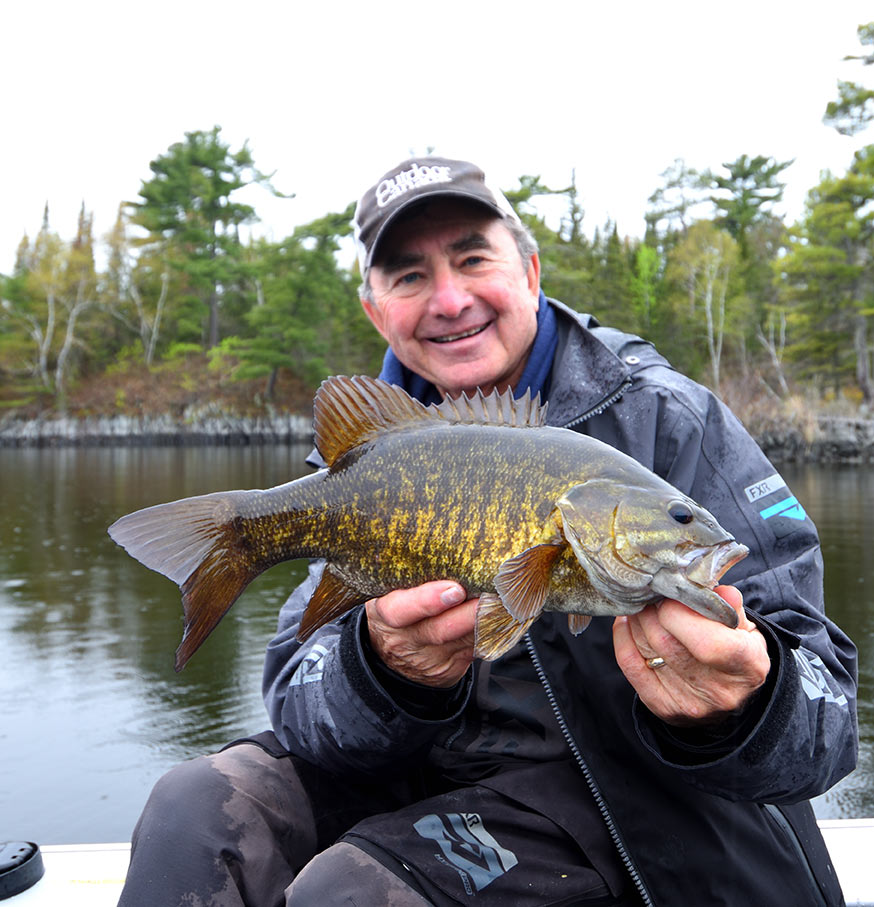
Corbett noted, too, that the bass in question, spent as much as 60- to 80 percent of the summer resting near the bottom, barely moving, in only one or two extremely small shallow locations. It remained so inactive for so long in fact, he thought that it was dead.
“The bass were in very shallow water,” says, Corbett, “like less than nine feet of water. And this one individual, we thought he was dead. We would bring out the receivers, we’d track him and he wouldn’t have moved. Finally, we went in the water to retrieve the receiver and there he was. His life revolved around about a 30-yard diameter island. He just slowly swam around that island. He stayed there because there was tons of food. And his little life was probably 900 yards away from his overwintering area. The only thing I can put this down to is that there was lots to eat here. Why waste energy? Like any animal, it's about survival. And if you don't have to move, why move?”
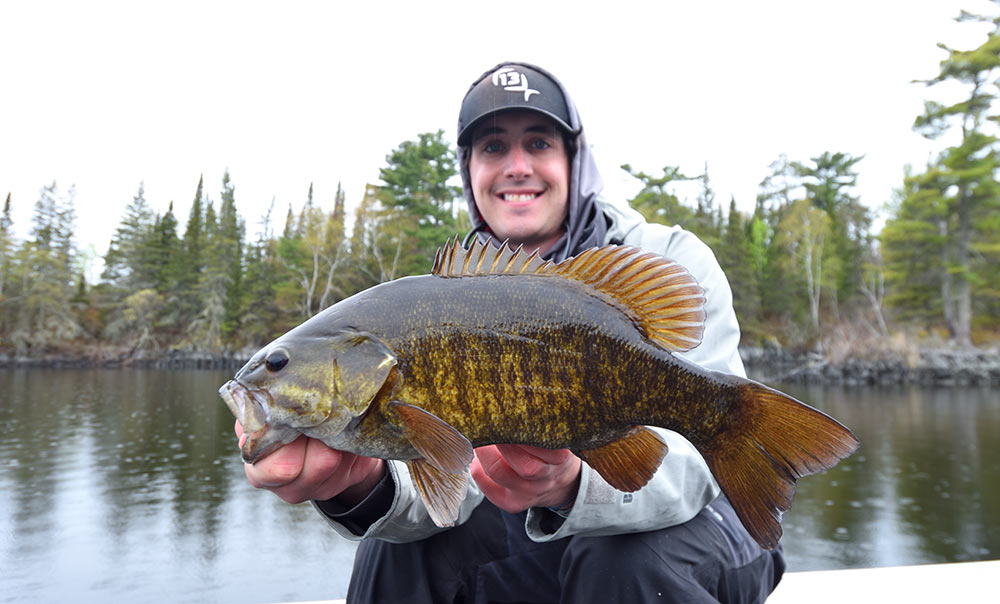
The lesson for bass anglers, of course, is that we need to do our homework well before we arrive at our favourite lake to go fishing. We need to understand what the bass are eating and then match our presentations accordingly.
In the case of Corbett’s fit-as-a-fiddle smallmouth, for example, that often didn’t move more than a few feet for days on end, fishing ultra-slow moving presentations close to the bottom, like Ned rigs, marabou jigs, moping baits and tube jigs is usually the answer.

When the bass are hunting in wolf packs and targeting pelagic baitfish like shiners, ciscoes and smelt, and, on the other hand, we would well advised to present much faster moving surface lures and wide wobbling crankbaits, chatterbaits and jerkbaits.
Indeed, when you match your presentation to the source of food, you’re away to the races. But if you don’t, can you imagine the frustration you would experience, throwing a topwater lure around the small island where Corbett’s lazy, belly-to-the-bottom smallmouth bass was munching away on an unlimited supply of crayfish?
To listen to the entire fascinating podcast with Barry Corbett, click HERE.
Recommended Articles

Sandy Beach Cottages on Lake Clear
Don’t Be Afraid Of Muskies
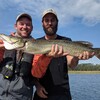
Proven Patterns for Giant Northern Pike

Luxury Meets Remote on Kenora’s Lake of the Woods
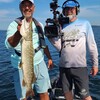
Spanish River Resort & Campground
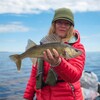
Choose your Fishing Adventure: 39 Lodges Accessible by Train, Plane, Boat, and Automobile in Ontario
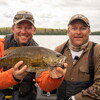
5 Tips For How to Hire A Fishing Guide
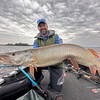
Early Summer Muskies
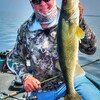
Your Lake Nipissing Getaway Awaits

A Walleye Adventure at Anderson's Lodge
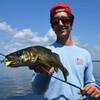
Christmas Walleyes in Summer
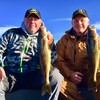
Fishing Walleye on Dog Lake

Lac Seul Lunkers
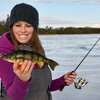
Ice Perchin’ Ontario
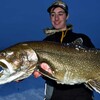
Year of the Trout
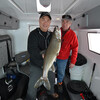
Gearing up for Ice Fishing
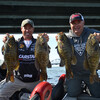
Sweet Spot Season
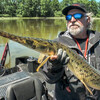
Stalking Prehistoric Long Nose Gar
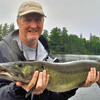
Merkel's Camp
